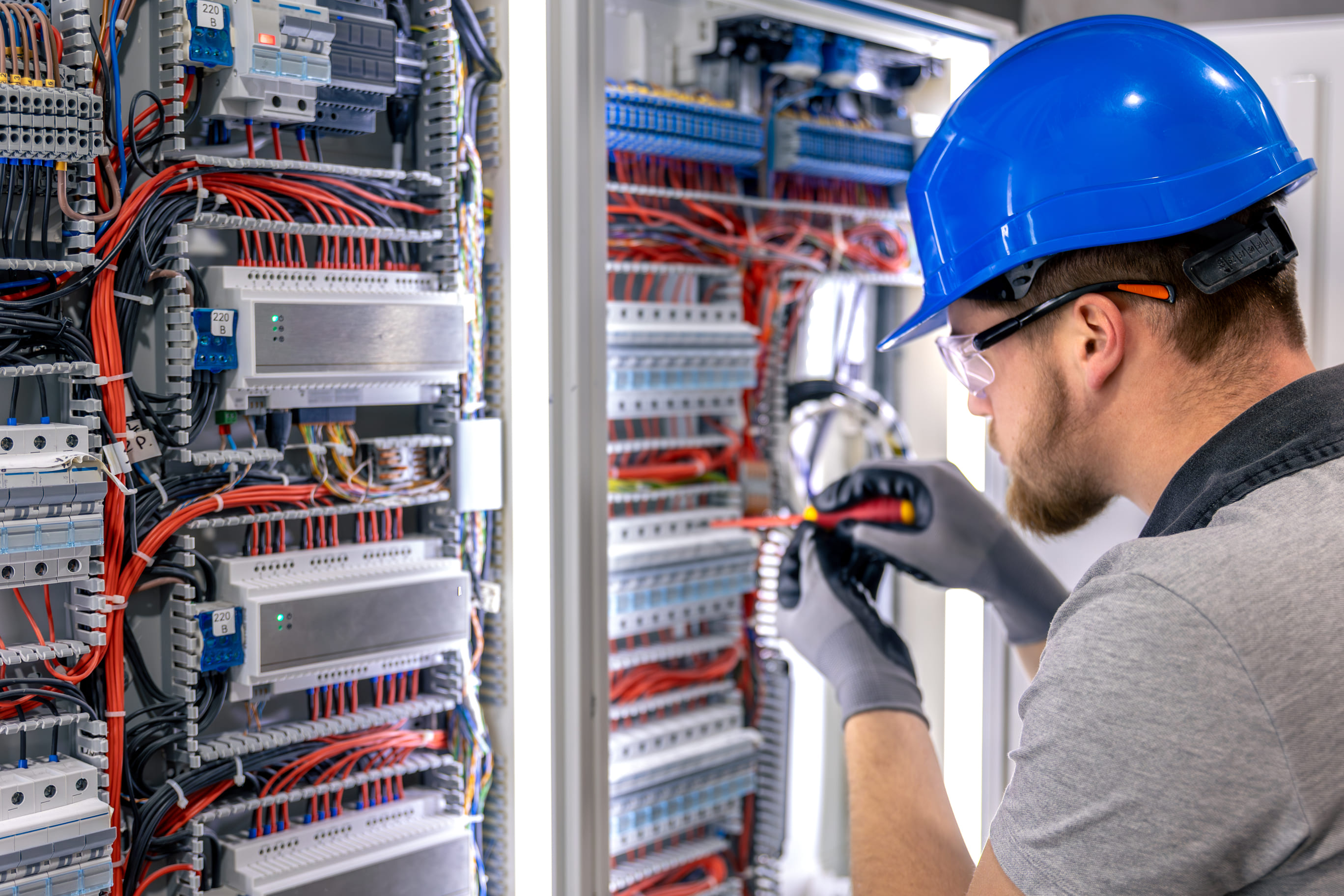

Proper wire management and conduit installation are critical for passing solar inspections and meeting NEC compliance. Best practices include using PVC Schedule 40/80 for outdoor runs and EMT for commercial applications, maintaining support spacing of 3 to 4 feet on horizontal runs and 6 to 8 feet on vertical runs, and keeping DC and AC circuits separated. According to NEC 300.11, 690.31, and 690.31(E), solar conductors must be properly supported, protected, and clearly labeled. Common mistakes like incorrect conduit fill calculations, improper bend radius, and mixing AC/DC conductors can trigger inspection corrections and permit delays.
This guide covers essential wire management and conduit installation practices that help contractors save time, reduce rework, and pass inspections on the first try.
Proper wire management isn't just about aesthetics. It impacts:
1. Use The Right Conduit Type:
2. Support Conductors Properly:
3. Avoid Sharp Bends:
4. Keep DC And AC Separate:
5. Label Every Conduit:
6. Plan For Future Expansion:

Following these sections ensures wiring and conduit installations pass inspections and meet code requirements.
Professional solar plan sets and permit designs include:
With quality designs, contractors save time, reduce redlines, and improve customer satisfaction.

Don't let messy wiring delay approvals. Professional solar project designs with AHJ-approved conduit and wire management plans streamline the permitting process and ensure successful inspections.
Proper wire management and conduit installation are fundamental components of successful solar projects. Clean, organized wiring not only ensures compliance with NEC requirements but also demonstrates professionalism that inspectors and AHJs appreciate. By following best practices for conduit selection, wire routing, labeling, and support spacing, contractors can significantly reduce permit delays and avoid costly corrections.
The key to inspection-ready installations lies in attention to detail. Taking the time to plan conduit paths, calculate wire fill properly, maintain appropriate bend radii, and separate AC from DC circuits will pay dividends throughout the project lifecycle. These practices improve safety, simplify maintenance, and enhance system reliability for years to come.
Investing in quality wire management from the start saves time and money in the long run. With proper planning and adherence to NEC standards, solar installations can pass inspections on the first try, leading to faster project completion and satisfied customers.
What is the maximum spacing allowed between conduit supports for solar installations?
According to NEC guidelines, horizontal conduit runs typically require supports every 3 to 4 feet, while vertical runs need supports every 6 to 8 feet. However, specific requirements may vary based on conduit type, size, and local code amendments. Always consult NEC 300.11 and 690.31(C) for exact specifications applicable to the installation.
Can DC and AC wires be run in the same conduit?
No, it is not recommended to run DC and AC conductors in the same conduit. Keeping these circuits separate reduces electromagnetic interference and makes troubleshooting easier. Additionally, many jurisdictions flag mixed AC/DC conduits during inspections as potential code violations. Always maintain separate pathways for DC and AC wiring.
How do contractors calculate conduit fill for solar installations?
Conduit fill is calculated based on the total cross-sectional area of all conductors compared to the interior area of the conduit. NEC Chapter 9, Table 1 specifies that conduits can be filled to 40% capacity for three or more conductors. Use NEC Chapter 9 tables along with conductor specifications to ensure proper fill ratios and avoid overloading conduits.
What type of conduit is best for exposed outdoor solar wiring?
PVC Schedule 40 or Schedule 80 is commonly used for outdoor and underground runs due to its weather resistance and durability. EMT (Electrical Metallic Tubing) is preferred for exposed commercial installations where additional physical protection is needed. The choice depends on environmental conditions, local code requirements, and whether the conduit will be exposed to physical impact or UV exposure.
Why is proper labeling of conduits important for solar installations?
Proper labeling is critical for safety, compliance, and future maintenance. Labels help identify which conduits carry AC power, DC power, rapid shutdown circuits, or grounding conductors. Clear labeling prevents accidental contact with energized circuits during maintenance and helps inspectors quickly verify code compliance. Use weatherproof labels that can withstand outdoor conditions for long-term durability.
Have questions about your solar project? Contact Solar Permit Solutions for expert guidance on permit-ready designs that meet all NEC standards and local requirements. Learn more about what happens when permits aren't obtained or how to navigate HOA regulations.
We are dedicated to providing top-notch solar permit services to homeowners, business owners, DIY, and solar installers. Contact us today.